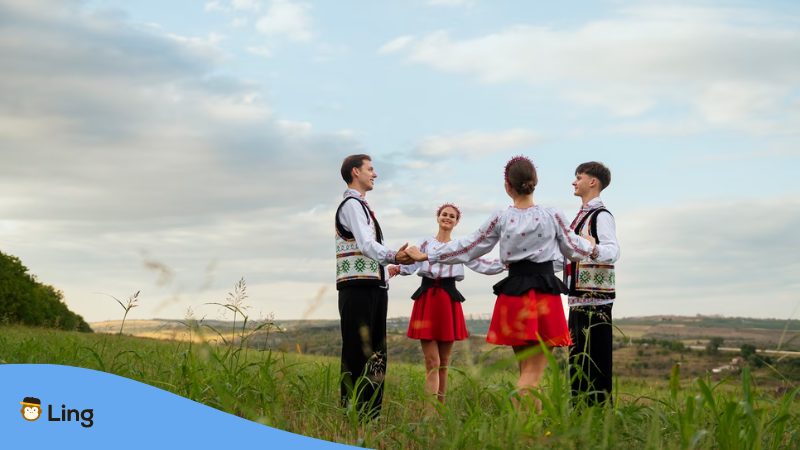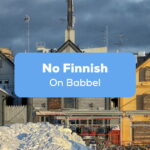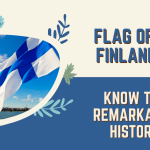Bosnia and Herzegovina is not just a name on the map. It’s a country with different regions, each with its own flavor. Are you learning the Bosnian language? Then knowing about these regions can make your learning journey more exciting. Each area has its own dialect, traditions, and stories.
Why focus on the regions? Because language is not just words. It’s also about culture and history. By exploring the regions of Bosnia and Herzegovina, you’ll understand the language better. This guide is your starting point. Let’s explore together.
The Political Landscape
Bosnia and Herzegovina’s political structure is an essential aspect of the country’s identity. Let’s delve into the details of the three main parts.
Federation Of Bosnia And Herzegovina (FBiH)
FBiH occupies the central and western parts of the country, covering about 51% of the land. It’s mainly inhabited by Bosniaks and Croats.
The capital, Sarajevo, is a melting pot of cultures, where you might hear the word “prijatelj” (friend) in casual conversations. The region is known for its Ottoman-influenced architecture and vibrant arts scene. If you’re learning Bosnian, you’ll find the dialect here rich with Turkish loanwords.
Republika Srpska (RS)
RS is in the northern and eastern parts, taking up around 49% of the country. The majority of the population here are Serbs. Banja Luka, the capital, is a hub for traditional festivals.
You might be greeted with “Dobro jutro” (Good morning) and offered “ćevapi” (grilled minced meat), a local delicacy. The language in this region has a distinct flavor, reflecting Serbian influences.
Brčko District
Brčko District is a small, self-governing area in the northeast. It’s unique because it’s not part of FBiH or RS. People from different ethnic backgrounds live here, creating a blend of dialects.
The word “mir” (peace) is often used, symbolizing harmony in this district. It’s a place where language learners can hear a mix of Bosnian, Croatian, and Serbian.
Cantons In The Federation Of Bosnia & Herzegovina
The Federation of Bosnia & Herzegovina (FBiH) is split into 10 cantons. These are local governing bodies with their own rules and responsibilities, like education and law enforcement.
The cantons show the country’s complex mix of cultures and politics, giving more power to diverse communities.
- Una-Sana Canton: Located in the northwest, known for beautiful landscapes and the Una River.
- Posavina Canton: Situated in the north, it’s named after the Sava River and has rich agricultural land.
- Tuzla Canton: Home to the city of Tuzla, this canton is known for its industry and salt lakes.
- Zenica-Doboj Canton: Centered around Zenica, it’s an industrial hub with significant mining activities.
- Bosnian Podrinje Canton Goražde: Located in the east, known for the town of Goražde and its historical significance.
- Central Bosnia Canton: Encompasses diverse cultural sites and a mix of ethnic groups.
- Herzegovina-Neretva Canton: Known for the city of Mostar and the iconic Old Bridge, blending cultural heritage.
- West Herzegovina Canton: Features picturesque landscapes and historical sites.
- Sarajevo Canton: Home to the capital city, Sarajevo, a center of culture, history, and politics.
- Canton 10 (Livno): Known for its wildlife, including wild horses, and the Livno cheese.

Geographical Diversity
Bosnia and Herzegovina’s landscape is a blend of natural beauty. Let’s take a closer look at the geographical regions.
Bosnia: The Heart Of The Nation
Bosnia, the larger of the two regions, covers the central and northern parts of the country. Here, you’ll find towering mountains, dense forests, and fast-flowing rivers.
Cities like Sarajevo and Banja Luka are cultural hubs. In this region, you might hear the word “ljepota” (beauty) used to describe scenic landscapes. If you’re learning Bosnian, the dialects here are influenced by the mix of ethnicities and the region’s rich history.
Herzegovina: The Southern Charm
Herzegovina is a smaller region located in the south. It’s known for its karst landscapes, Mediterranean climate, and historical sites like Mostar’s Old Bridge, or “Stari Most.”
The Bosnian word for bridge is “most,” and you’ll find it’s a symbol of connection in the local culture. The climate here is milder, and you’ll find unique Bosnian plants like fig trees and vineyards producing famous wines like “Blatina.”
Natural Resources And Climate
The regions of Bosnia and Herzegovina are rich in natural resources like coal, bauxite, and hydropower. The word for water in Bosnian is “voda,” and it’s essential for the country’s energy and agriculture.
The climate varies from continental in Bosnia, with cold winters and warm summers, to Mediterranean in Herzegovina, with mild winters and hot, dry summers.

Historical Influences
Bosnia and Herzegovina’s history is a rich tapestry that has shaped the Bosnian culture and traditions, language, and identity. The influences of different empires and periods have left a lasting impact on the nation.
Ottoman Empire’s Legacy
The Ottoman Empire ruled Bosnia from 1463 to 1878. During this time, Islamic culture and Turkish traditions became deeply ingrained in the region.
Many mosques were constructed, and the Bosnian language absorbed numerous Turkish words. The Ottoman influence is still visible today in architecture, daily customs, and the legal system.
Austria-Hungary Era
Austria-Hungary’s annexation of Bosnia in 1878 brought Western European influences and modernization. Cities like Sarajevo saw the construction of Austrian-style buildings, and new infrastructure was developed.
Education and legal systems were reformed, leaving a lasting impact on the country’s development. This era also saw the introduction of new technologies and an emphasis on industrial growth.
World War II And Yugoslavia Period
World War II brought occupation, division, and turmoil. After the war, Bosnia became a republic within socialist Yugoslavia.
This period saw industrial growth, urbanization, increased literacy, and cultural exchange. However, political tensions and nationalistic sentiments were simmering beneath the surface, leading to challenges in later years.
Explore The Regions Of Bosnia With Ling!
You’ve journeyed through the rich history, diverse culture, and stunning landscapes of Bosnia and Herzegovina. Now, why not take the next step and explore the Bosnian language itself?
With Ling, you can dive into the Bosnian language and 60+ more and discover its unique phrases, expressions, and nuances. Whether you’re planning a trip or just curious about the language, the Ling app offers an engaging and interactive way to learn.
Yes, I know you want more. So continue reading our daily updated language blogs for more grammar lessons, cultural insights, and historical perspectives. There’s a world of knowledge waiting for you.
But first, download the Ling app today on Google Play or the App Store. Explore the regions of Bosnia and Herzegovina through its language and connect with its people and culture in a whole new way!



































































